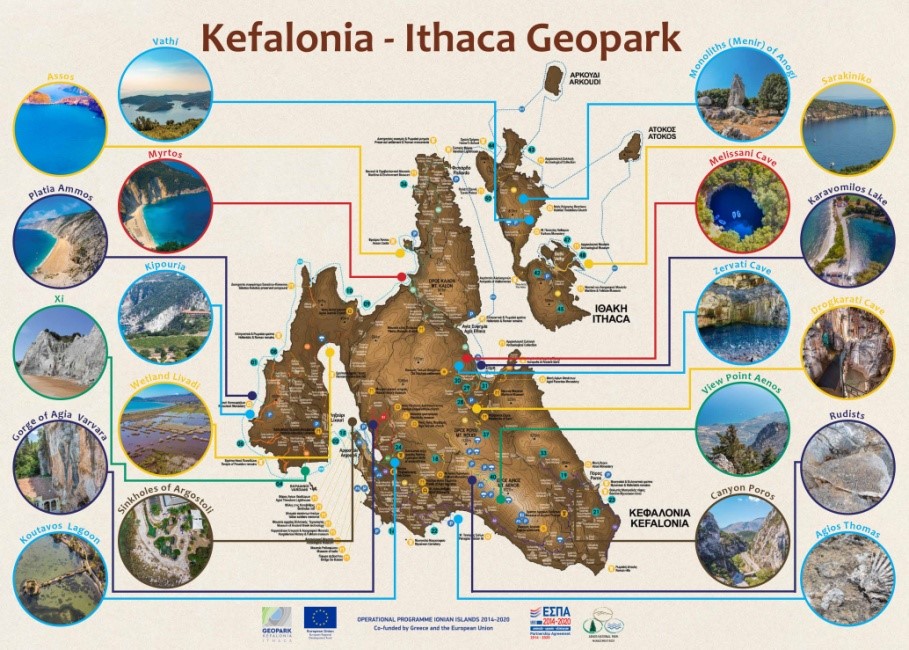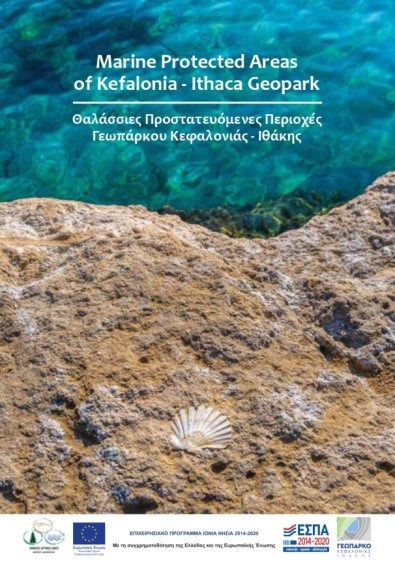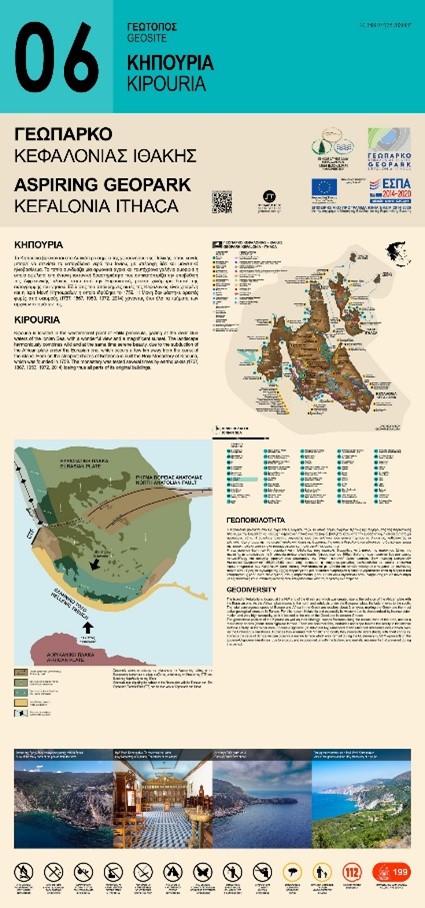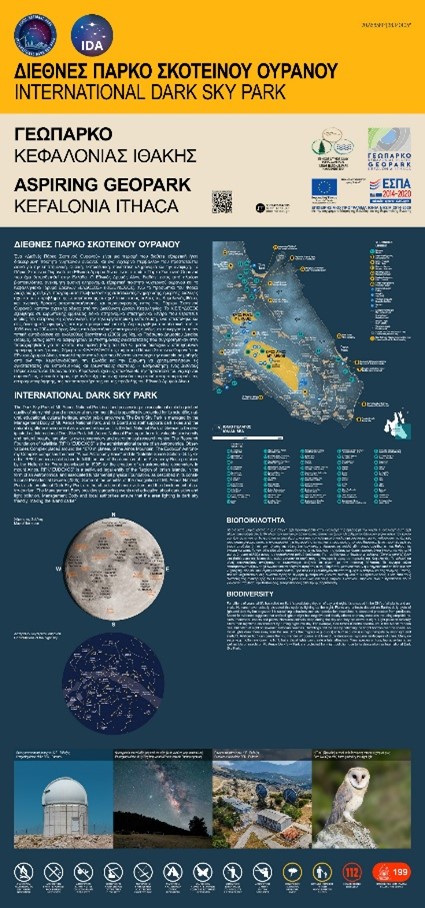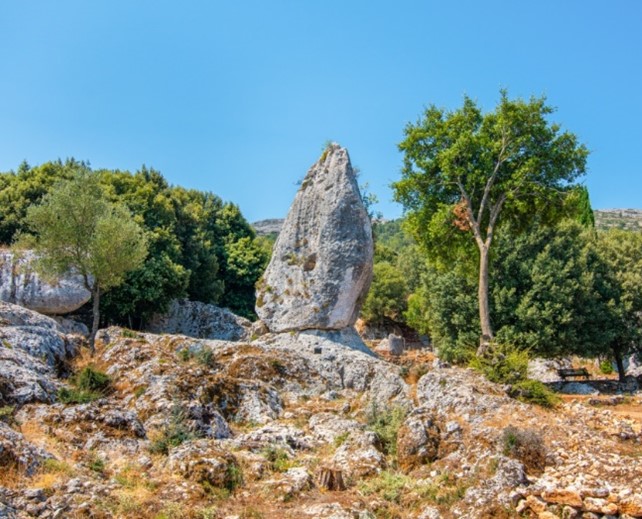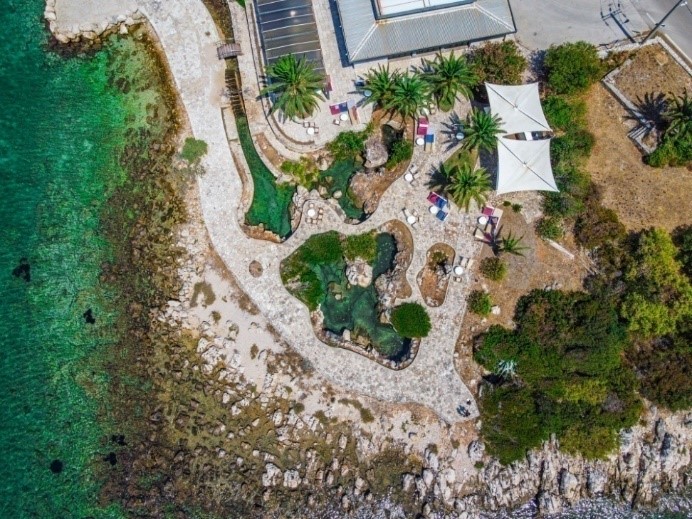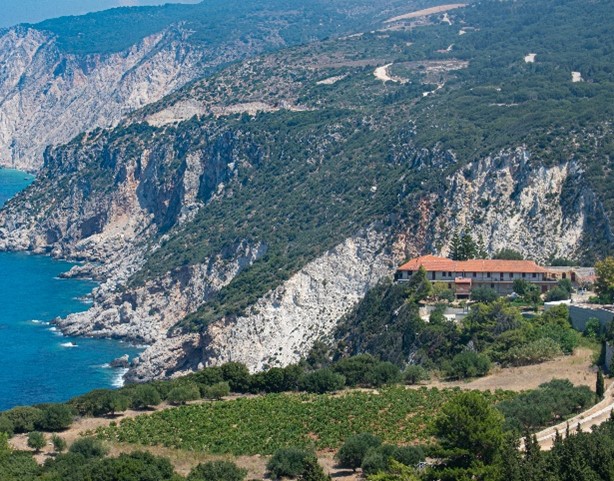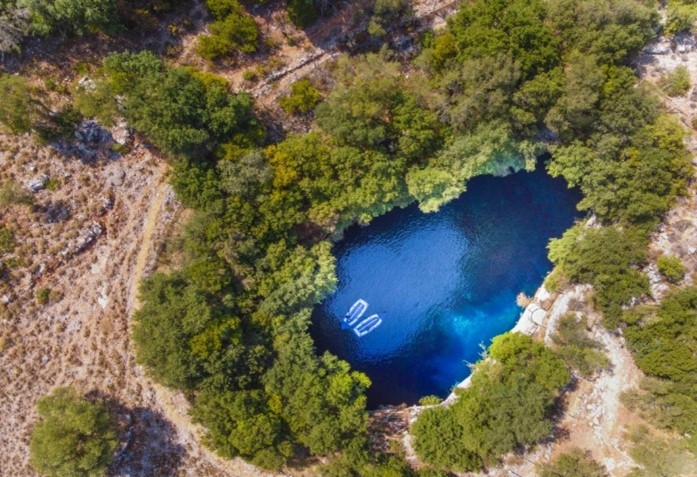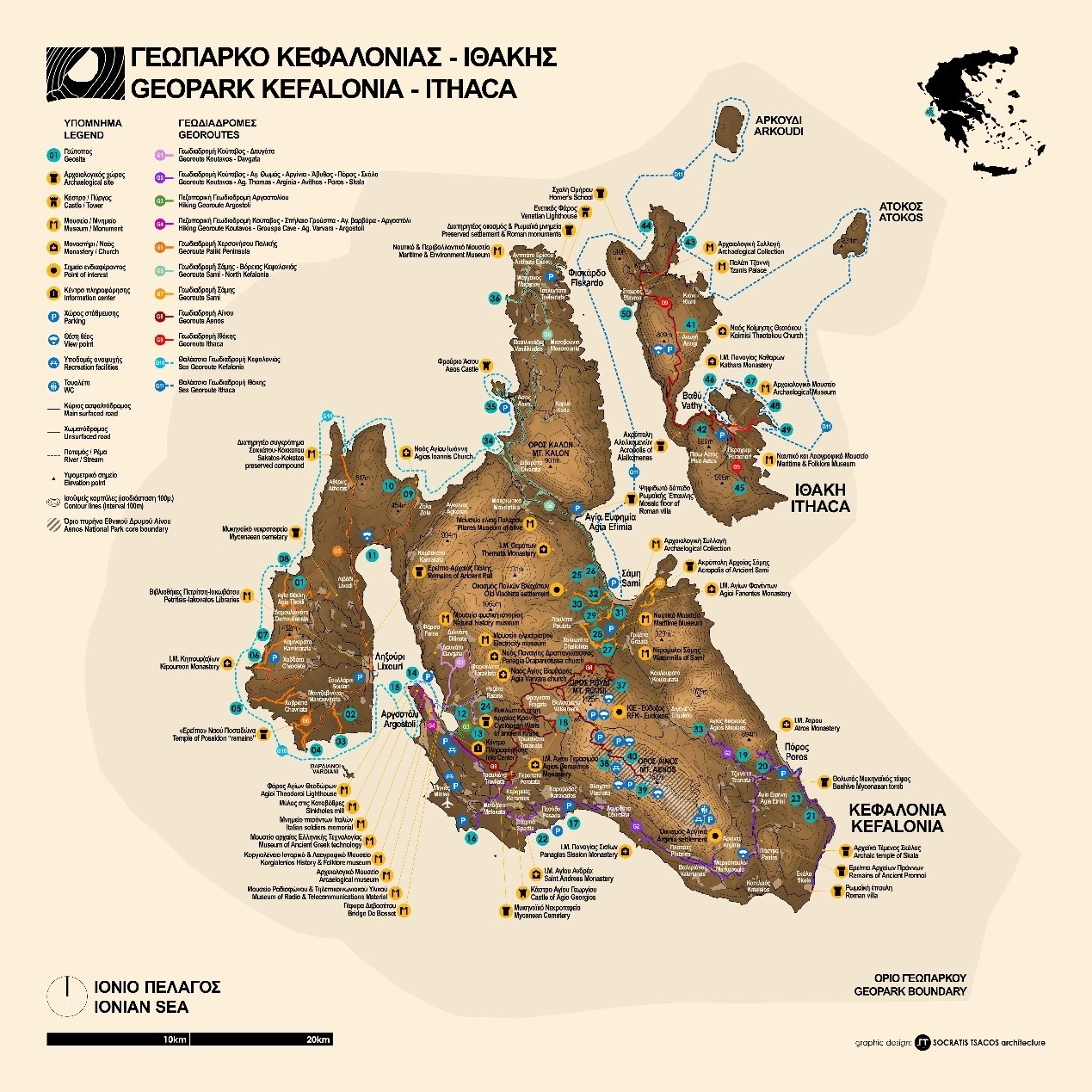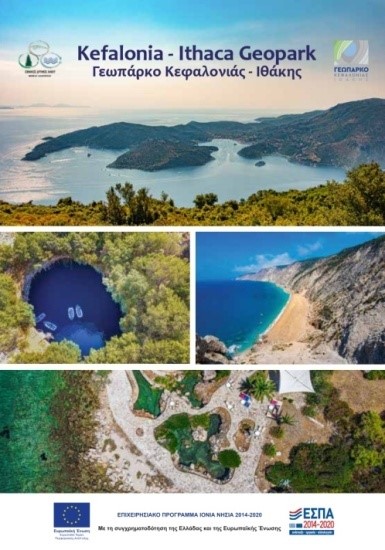KEFALONIA – ITHACA ASPIRING GEOPARK
The islands of Kefalonia and Ithaca are rich in geological monuments and geomorphs which are scattered throughout the islands. They include karstic geomorphs such as caves impressive reliefs, paleontological sites, coastal geomorphs, geotectonic geomorphs such as thrusts and wetlands, all of which compose the geological history of Kefalonia and Ithaca over 250 million years. Both islands are an active geological laboratory, mainly due to their geotectonic position located in the most tectonically active region of Europe. In Kefalonia and Ithaca there are prehistoric-Hellenistic archeological but also Roman monuments, medieval castles, Byzantine-post-Byzantine monasteries, traditional settlements, windmills, bridges and lighthouses. The rich cultural heritage is directly related to the geological heritage and the natural environment of the two islands. The combination of cultural and geological monuments as well as the landscapes of natural beauty contributed to the establishment of the Geopark of Kefalonia and Ithaca. A Geopark is a geographical area with clearly defined boundaries that contains a sufficient number of geosites (geological monuments) that can be used for research, education, development and tourism exploitation.
The geopark aims to the protection and promotion of all the “monuments” of the Earth with emphasis on the geological heritage in combination with the cultural heritage and the local community following a strategy of sustainable development (such as Geotourism). Geological formations and geological processes determine the “physiognomy” of an area and therefore its biodiversity as well. In many cases, geodiversity will determine the anthropogenic environment and will significantly influence the folkway and traditions of local communities. In the entire area of the Geopark, the geosites have been spotted with metallic boards.
In Kefalonia and Ithaca geopark, 50 geosites have been identified to date, namely locations with distinct geological features but also with ecological cultural, tourist and aesthetic features. Most of these geosites are accessible through the existing road network and only a few through tracking and sea georoutes. Printed material has also been created. There are also two digital exhibitions at the Koutavos Environmental Information Center in Argostoli and at the Anogi Cultural Center in Ithaca.
All information was acquired through www.kefaloniageopark.gr, which we invite you to visit for more information about the aspiring geopark, its geosites and georoutes.

